René Romero Schuler
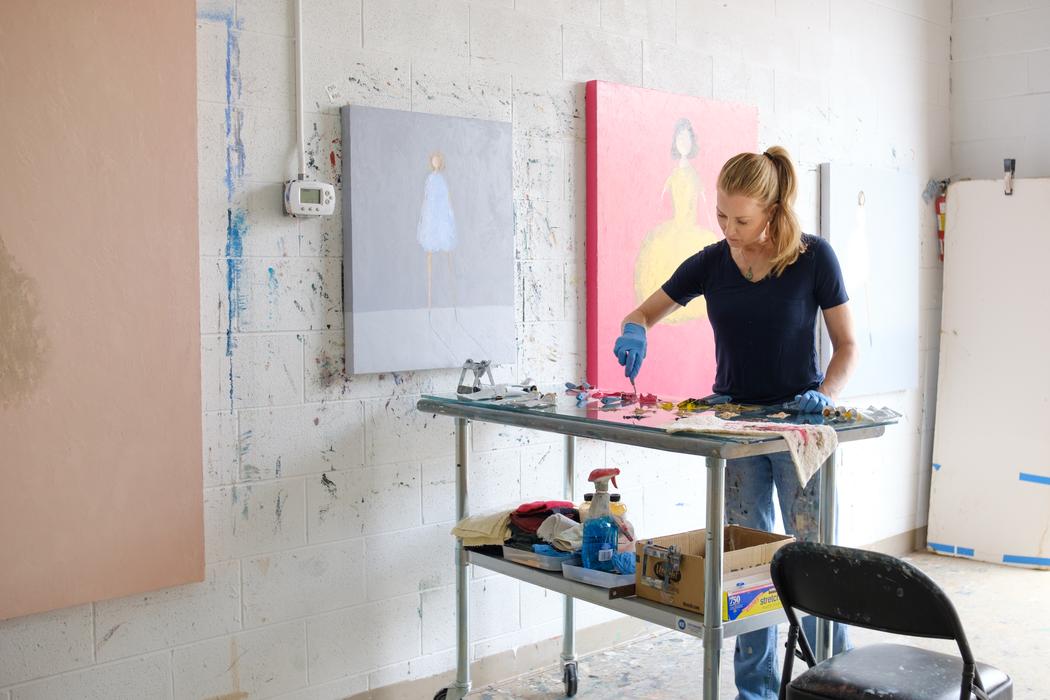 René Romero Schuler | Courtesy Of The Artist
René Romero Schuler | Courtesy Of The Artist
Your paintings and sculptures are described as both self-portraits and universal expressions of human emotions. How do you balance the deeply personal with the collective in your creative process?
I believe that is what we are all doing every day of our existence. Living is a constant balancing act. And yes, I certainly bring that all into my practice—tapping into my past and my own stories, with those at the core of every piece, and I always allow other influences to play their part, which allows the figures that emerge to develop personalities all their own.
Feminine figures appear consistently in your work. What do these figures represent for you on a symbolic and emotional level?
Women and girls are perpetually marginalized, and I am always working with the mission of healing and grounding myself—first and foremost—and also to bring those healing and grounding energies to all who encounter my work, especially women and girls. I want people to see a little bit of themselves in each piece: to feel heard, felt and understood, and to see that they are beautiful. The imperfect nature of the figures I create are a direct reflection of who we are as human beings, all scarred and flawed and beautiful.
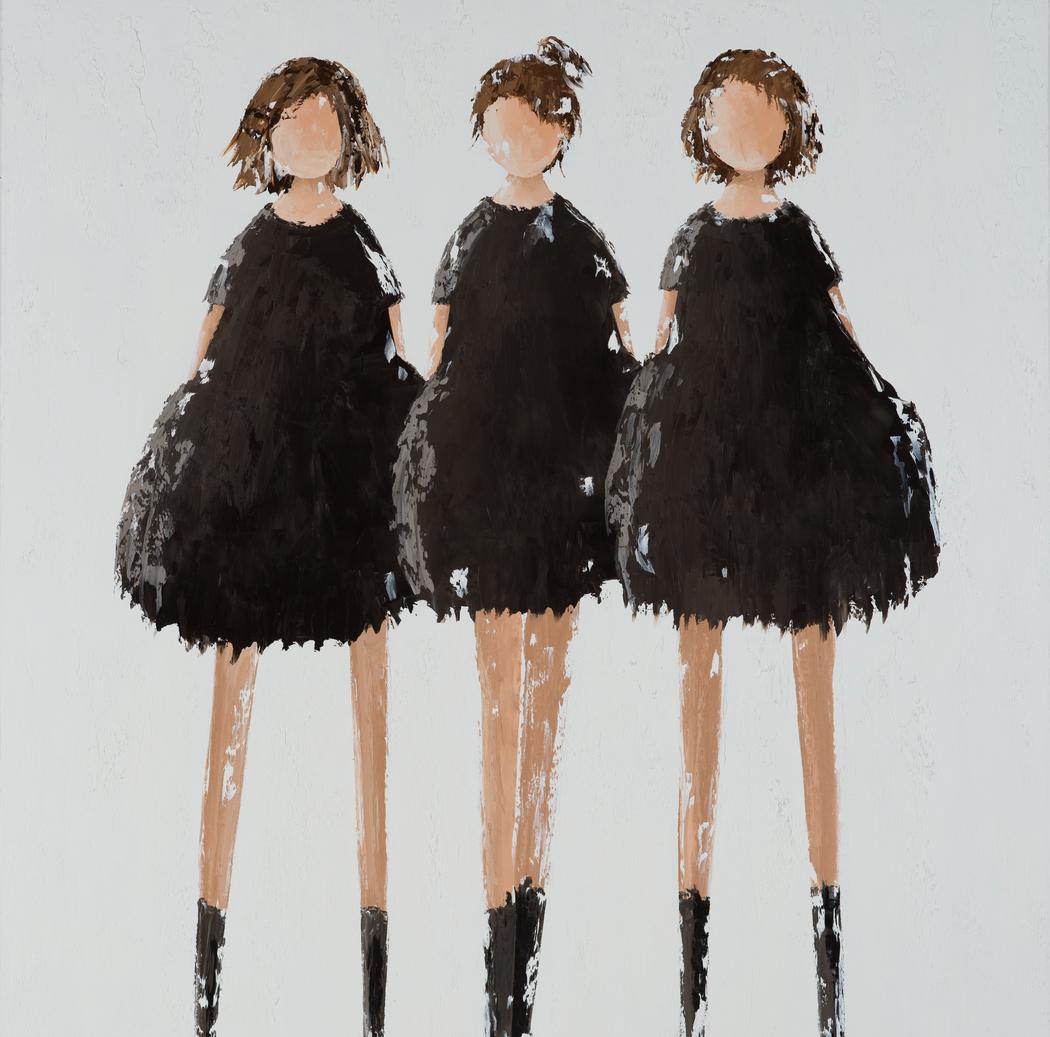 René Romero Schuler | Smiths | 2025
René Romero Schuler | Smiths | 2025
The textured surfaces of your paintings, with their scraped and carved layers, seem to embody scars and resilience. Could you share more about how this technique connects to your own life experiences?
The word resilience always bothers me. Somehow it seems to imply that I just naturally bounce back from adversity. Maybe I have to some extent, but it has always taken effort to endure, survive and overcome. The scars—inside and out—linger, and those are very much a part of the work that I do. It’s important for me to bring this into each piece, as this symbolism is what people can see and feel and relate to. None of us escape unscathed in this life. I just want to show that we can always strive to do it with strength, grace, and beauty. Every scar, wrinkle, handicap, and hurt is a part of the beautiful being we are. All things shape the one…this is what I paint (and sculpt).
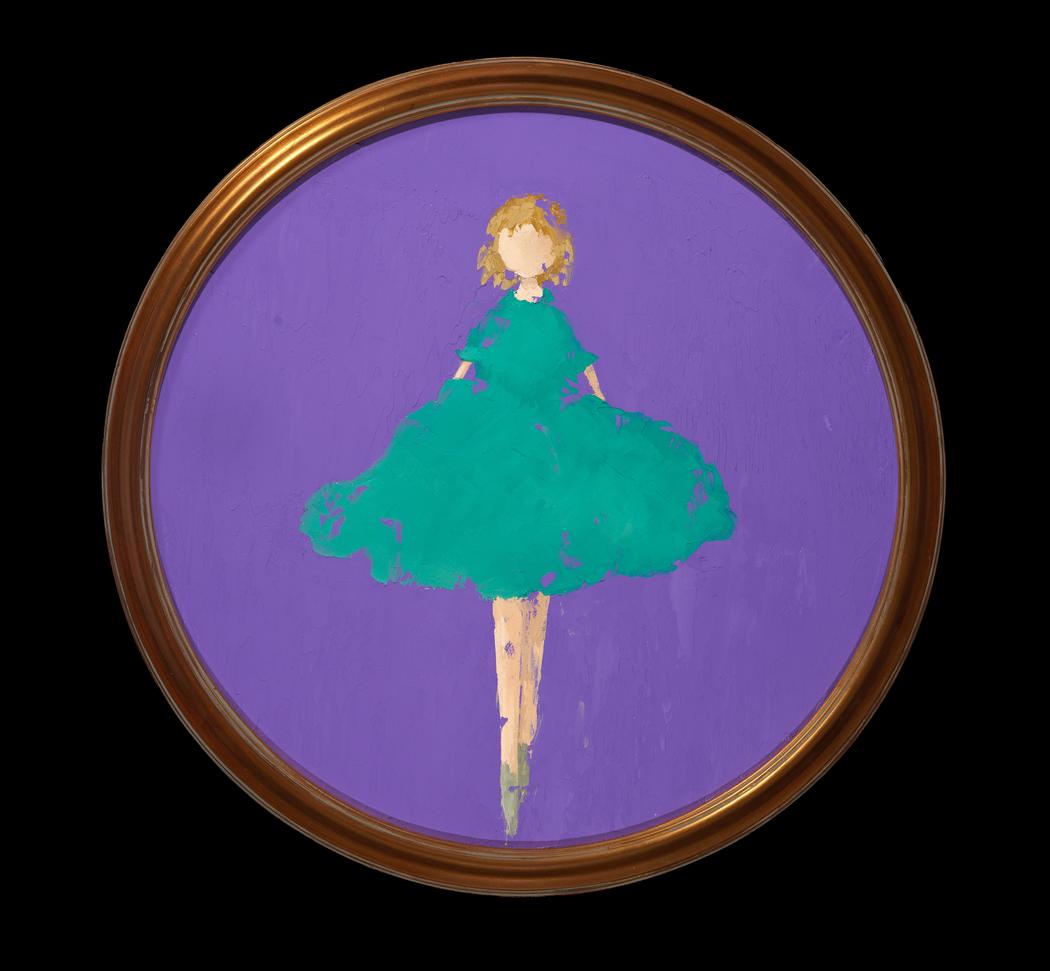 René Romero Schuler | Slater | 2025
René Romero Schuler | Slater | 2025
How has your challenging childhood influenced your artistic vision and the themes you return to in your art?
Tapping into the energies of a challenging past is an integral part of creating work with genuine depth. Living with pain, heartache, regret, guilt, confusion—these are just realities that all of us deal with, right? I channel these things into the work because it puts something so real at the core: it heals…and as I process these feelings, what emerges is a being that is stronger, better and more beautiful for doing the work.
You’ve said that your art is open to interpretation. Have there been moments when a viewer’s interpretation surprised or deeply moved you?
Oh my gosh, more times than I can say! It’s actually hard to repeat some of them here because they feel so deeply personal. People connect with the work because they see a bit of themselves in it, that’s for sure. There is stuff at the core of each one of us who can really see the underlying energy in my work, and it is a powerful, even visceral experience. People feel seen…understood (and they are).
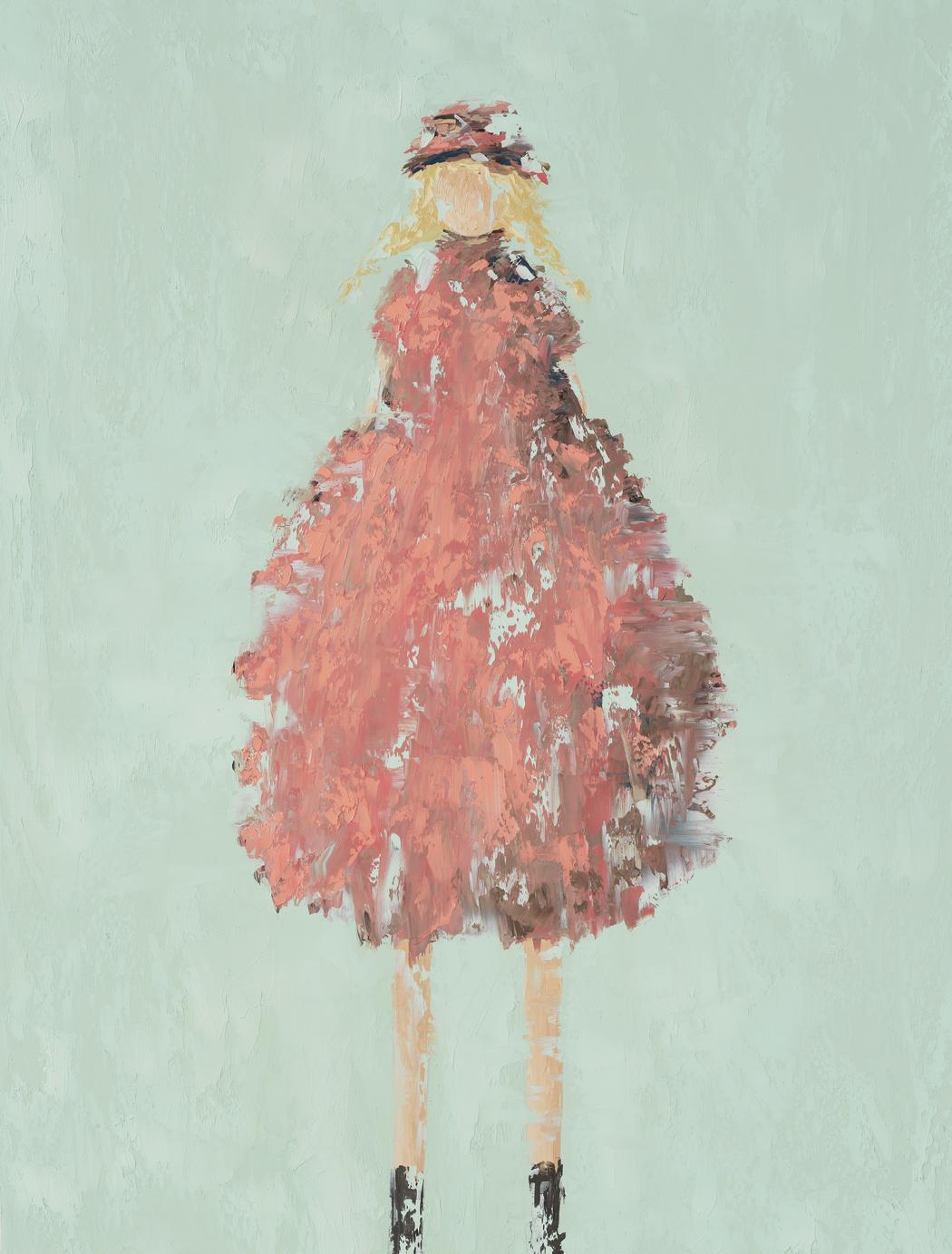 René Romero Schuler | Solveig | 2025
René Romero Schuler | Solveig | 2025
Your work is represented internationally, and you’ve exhibited across the U.S., Europe, and Asia. Do audiences in different cultures respond to your art differently?
I believe the response to be pretty universal. What people are connecting to is the common experience of just being human. We all come with baggage.
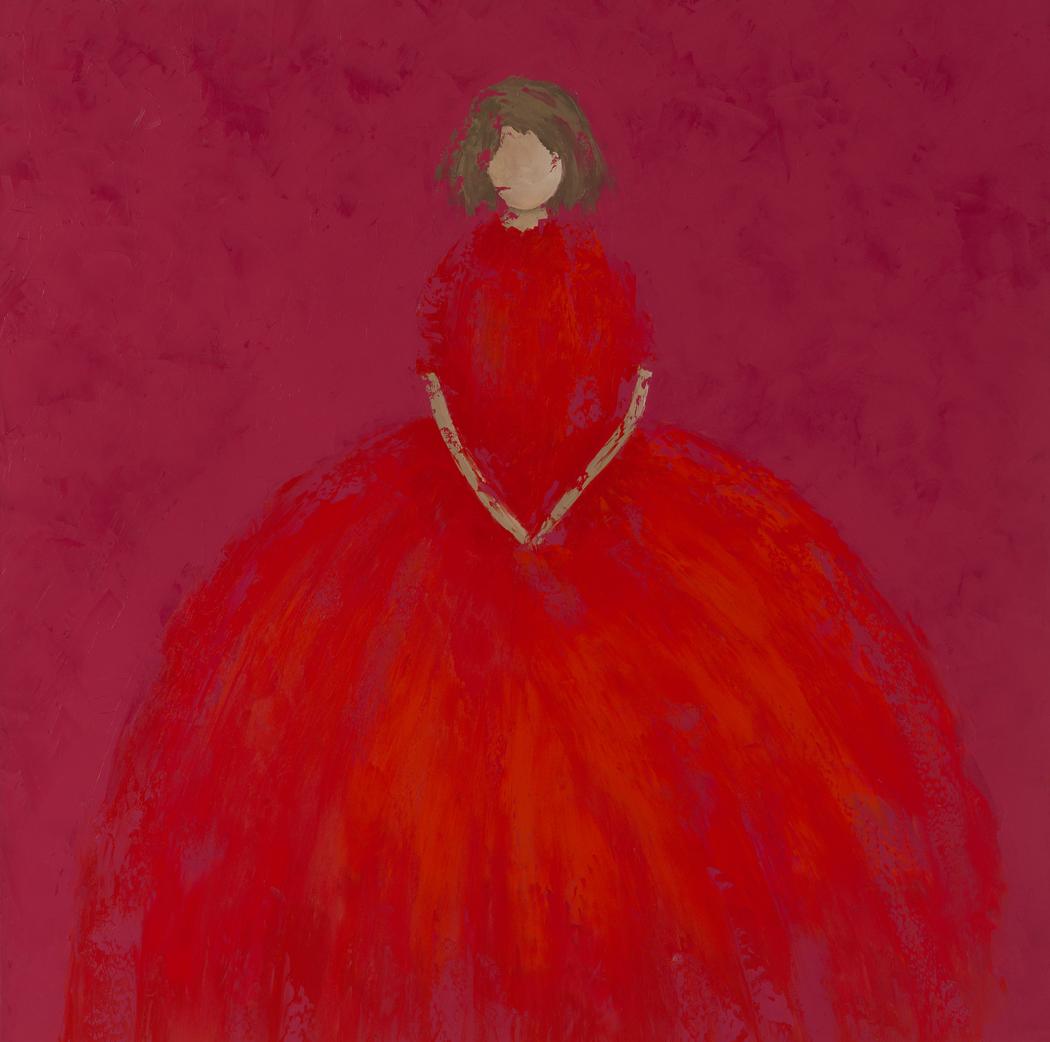 René Romero Schuler | Magica | 2025
René Romero Schuler | Magica | 2025
Your figures are faceless yet full of presence. What role does anonymity play in how you want viewers to connect with them?
Anonymity in my figures came naturally as I worked. I didn’t give this any deliberate thought at first, but when people started asking about it, I guess I explained that if I were adding overly discernable characteristics to my figures, that would be “portraiture,” and that is a different thing altogether. For me, it is important to be able to identify with a work of art. There is something almost primal in that sensation, and I want that to be what people come away with when they encounter my work.

Leave a Reply